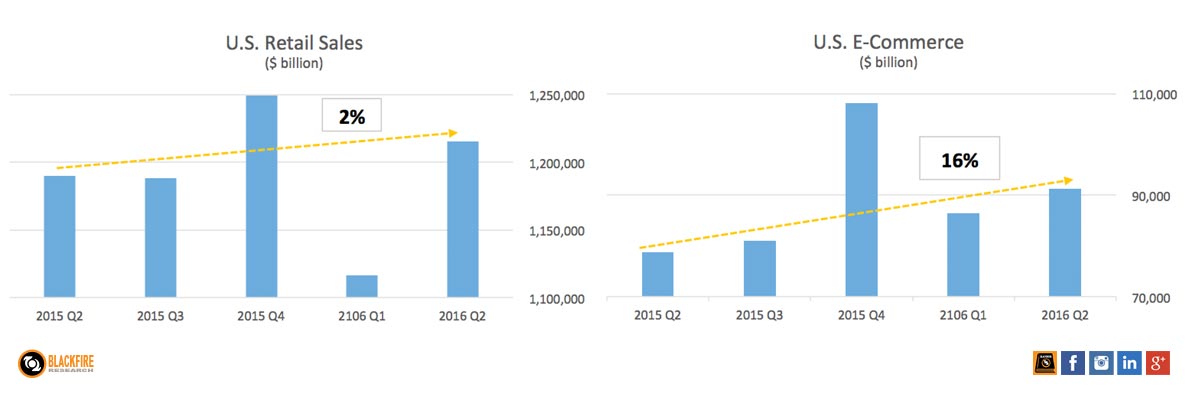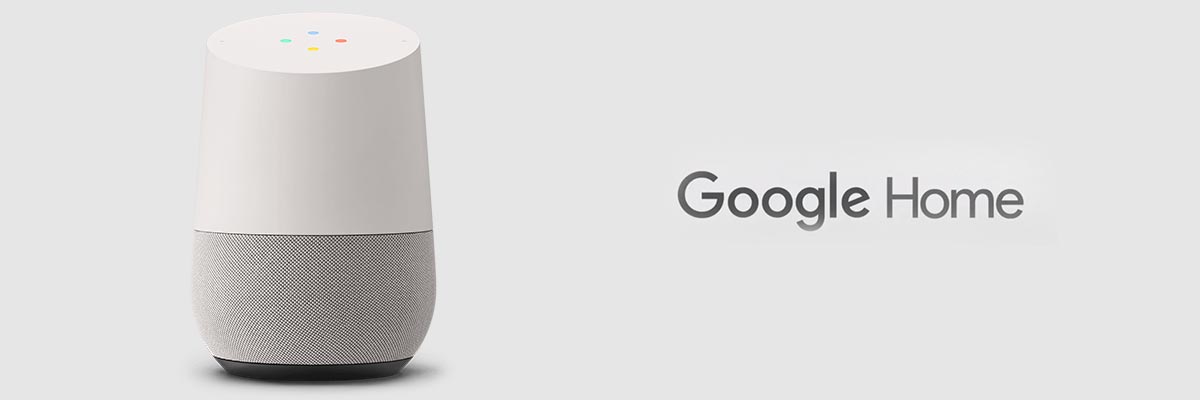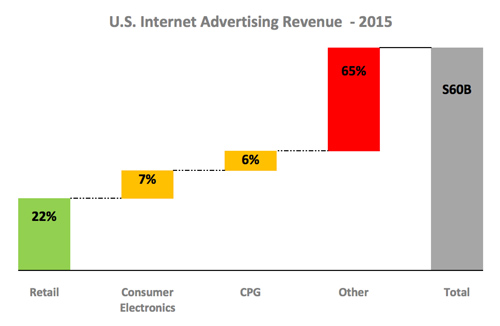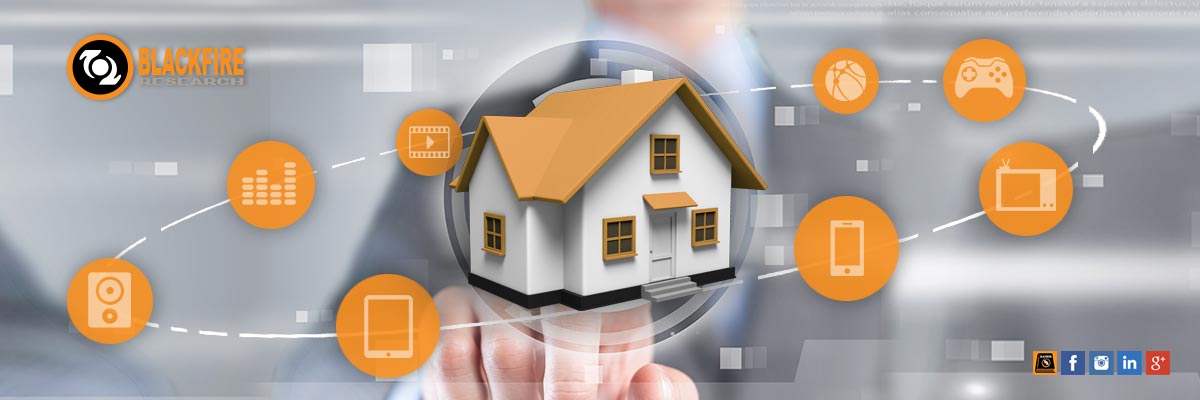Blackfire MA
Proven, Cost-Effective WiFi Music Streaming Technology

Blackfire MA is a wireless audio solution for smartphones and speakers that delivers 24bit resolution and lossless or lossy transmission to multiroom music systems and multi-speaker setups (for wireless stereo pairs). Blackfire MA enables streaming of local music from the Blackfire Indigo app (for Windows, Android and iOS), and creates a cost-effective music speaker that connects to all Blackfire systems, including Blackfire IXD and Blackfire MXD.
SPECIFICATIONS
• 802.11n (2.4GHz) Wi-Fi
• Sample rate: 44.1kHz, 48kHz, 96kHz
• Resolution: 16bit/24bit
• Lossless or Lossy transmission
• 20 - 150μs Synchronization accuracy
• 400ms Latency
• Supports 32 Devices
Implementation
• Blackfire MA Audio Module 2.4GHz
• Blackfire Indigo app for Windows, Android and iOS
SOLUTION FEATURES
• Play music from the downloaded Blackfire Indigo Smartphone app, using local music or streaming plug-ins
• Application Media Sources Include: Local Music; Tidal; Deezer; Mix Radio; Migu
• Synchronized playback to multiroom devices (Selection, Zones, Volume) and multichannel configurations
• Play audio from any Windows app or from local music files on a Windows PC to one or multiple speakers
• Supports lossless and lossy audio compression
• Support standard Music formats including MP3, AAC, ALAC, FLAC
• Full Blackfire system compatibility - automatic discovery, synchronization, playback & control
• Blackfire optimizations including those for range, throughput, sync, discovery
• Supports Mono, 2.0 and 2.1 Stereo configurations

Blackfire MXD
Wireless Multiroom Music System Solution
with GoogleCast, Spotify Connect
and Apple Airplay













